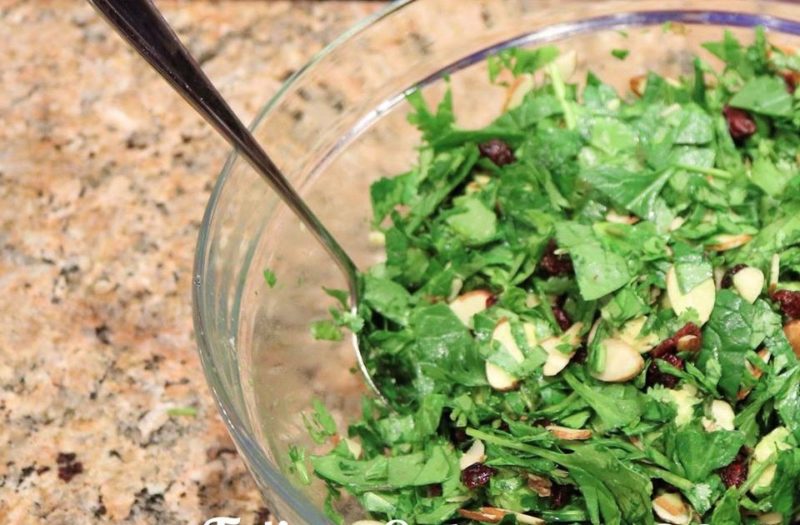Written by: Diana Garcia, Nutrition Education Manager
Recently, in a class, I was asked why Second Harvest doesn’t distribute fresh herbs. I replied that I thought herbs are not that easy to handle and store and can spoil before they get to our food distribution sites or soon after. Then we talked about how inexpensive and versatile they are.
For cooking, most of us stick with the ones that we grew up with and we cook them the exact same way every time. For me, it’s cilantro, parsley and occasionally mint when I had a stomachache. I wanted to learn more about herbs and how to better pair them up with common dishes to enhance flavors and maximize nutrients.
This quick guide goes over how fresh herbs are classified, as well as ways to cook and store them. I encourage you to play with different flavors and enjoy the aromatherapy delivered by these delicious fresh herbs!
Hardy
Rosemary: When raw, it has a bitter flavor. Add it early in the cooking process, so its oils properly diffuse. Great to add to roasted potatoes. Lifespan when fresh: 3 weeks.
Thyme: Strip the leaves from the stalk before cooking. Try making your own version of a thyme zucchini sauté. Lifespan when fresh: 2 weeks.
Bay: Add the leaves to oil at the beginning of the cooking process when sautéing. It can also be used in soups or to add flavor to pulses. Lifespan when fresh: 2 weeks.
Sage: Pan fry in butter to add flavor to different dishes. Chop the sage to add to fatty meats. Combine the sage with parsley, basil and garlic to make tomato sauce. Lifespan when fresh: 2 weeks.
Storing: Hardy herbs respond really well to drying, but you can also dry them with a paper towel to remove excess moisture and keep in a vase in the refrigerator.
Tip when cooking: They need to be added at the beginning of the cooking process, so the oils from the herbs release. Their flavor molecules diffuse well in fats and oil, so choose a fat to cook them with.
Tender
Mint: Crushing or cutting the leaves releases the oils, providing an aromatic and potent flavor. It can be used to flavor water or herbal teas, in salads or to garnish hot dishes. Lifespan when fresh: 2 weeks.
Basil: Basil is prone to browning, so add it in the final cooking stage or to salads, to flavor water or in smoothies. Also, roll the leaves like a cigar and slice it cleanly to prevent browning. Store at room temperature. Lifespan when fresh: 2 weeks.
Parsley: Fresh parsley is full of flavor. It can be added at dishes toward the end or to garnish. It can be in salads like tabbouleh, and used in smoothies as well. Blend celery, parsley, apple, lime and water and drink immediately. Lifespan when fresh: 3 weeks.
Cilantro: Cilantro turns brown when exposed to high temperatures, but it can be added to soups and broths at the beginning of the cooking process to enhance flavor. Then remove and discard before serving. It can also be used to garnish, in salads, in guacamole or even smoothies. Lifespan: 3 weeks.
Storing: Store tender herbs in the refrigerator using a vase with a small amount of water, just as fresh flowers are kept.
Tip when cooking: Use them to garnish just before serving, use them in smoothies or add at the end of the cooking process to keep the flavor intact.
Source: The Science of Cooking, Dr. Stuart Farrimond
Fresh Herb Salad
Ingredients:
- 2 cups cilantro leaves
- 1 cup flat-leaf parsley leaves
- 1 cup basil or mint leaves
- 1 cup arugula or spinach leaves
- 1 cup sliced almonds
- 1 cup dried cranberries
Toss all the ingredients in a bowl and dress before serving with the suggested dressing or simple olive oil, lemon juice and salt.
For the dressing:
- 4 tablespoons lime juice
- Salt and coarsely ground black pepper
- 1/4 teaspoon red chili flakes or 1/2 teaspoon crushed pink peppercorns (optional)
- 2 tablespoons olive oil
